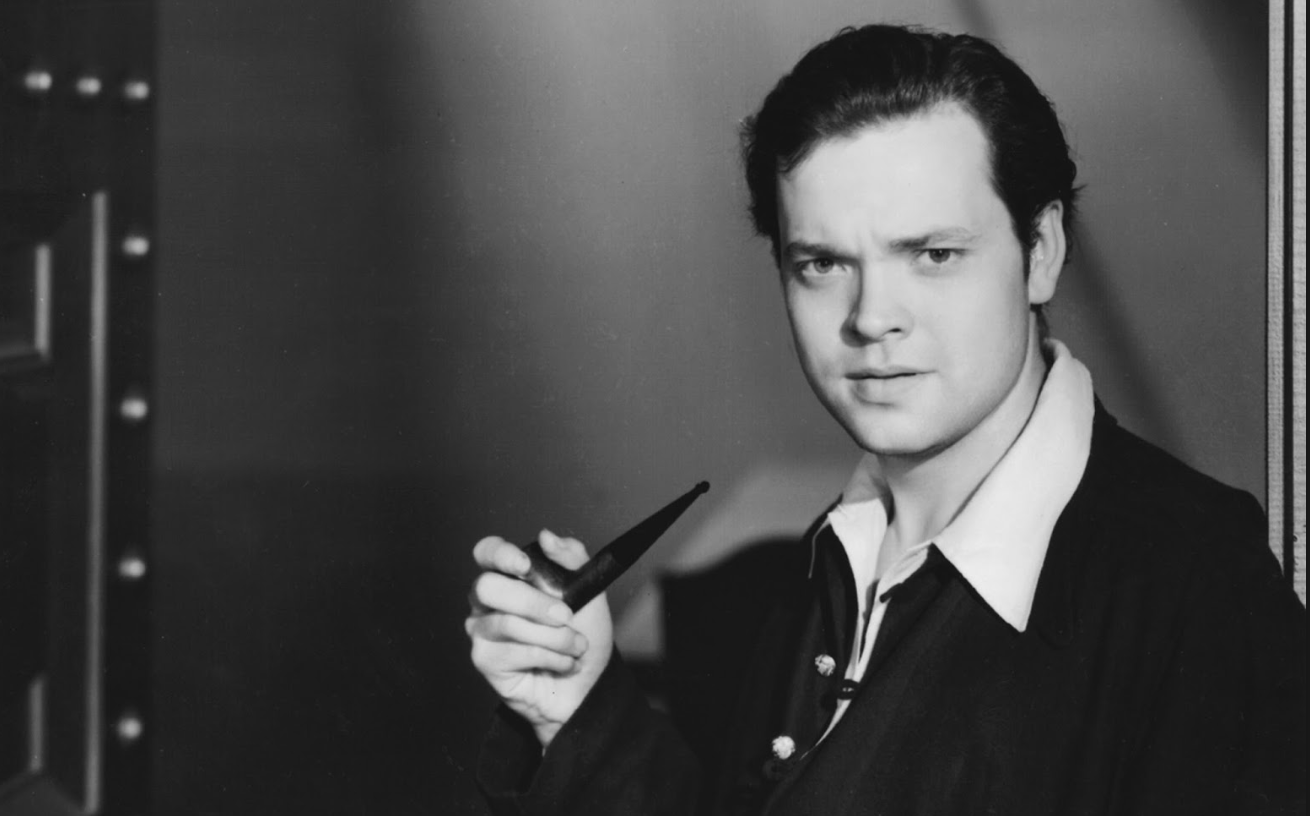Author, critic, film professor and Orson Welles scholar Joseph McBride knows who Orson Welles was as well as anyone, and probably better than most. He recently wrote a Sight & Sound piece about Welles and his final film, The Other Side of the Wind. McBride was personally friendly with Welles, has written three books about him, and played a film critic in Wind.
Last night on Facebook a guy named Michael Karoly asked McBride if Welles liked the films of Jean-Luc Godard. McBride’s posted reply: “I’m not aware of anything he said about Godard. He didn’t see a lot of contemporary movies.”
HE reply to McBride: Wait…WHAT? What serious filmmaker ducked Godard back in the ’60s and ’70s, or for that matter missed “contemporary movies”? Welles was a big fan of the Shaft TV series (according to Todd McCarthy) but as of the late 60s or early 70s, or when you began your friendship with him, he didn’t see many films that were being made back then? During Hollywood’s experimental golden age? To me this indicates that Welles was partly living in a state of vague spiritual nostalgia and withdrawal and in some sense coasting on the fumes of the past.
To paraphrase a Cameron Crowe observation, Orson really was Brian Wilson — on fire and cooking with genius gas from his early to late 20s (mid 1930s to mid 1940s, Wells having been born in 1915) and then…well, then he lived the rest of his life. And there was nothing wrong with that.
From the mid 40s to his death in ‘85, Orson lived large. Ups, downs and all-arounds. Tirelessly creative, always industrious, always writing & pushing, a great gabber. But the creative incandescence happened early in his life (NY theatre, “War of the Worlds” radio broadcast, Citizen Kane, Magnificent Ambersons), and everything he did from the mid 40s on was noteworthy, commendable, European, aspirational, admirable, Shakespearean, etc. But it was basically an aftermath to his brilliant “touched by God, years of lightning” streak.
Just as Brian Wilson’s monumental hot streak lasted four years, or from ‘64 to late ‘67 — from age 22 to 25 or 26. Obviously Orson’s streak lasted longer but the analogy holds.
All serious artists of note are merely conduits of inexplicable Godly inspiration. The better, more noteworthy artists respect that fact and realize that the inspirational spigots can be turned off at any time so they don’t go overly crazy with drugs or booze or food (Orson’s weakness) in order to keep themselves functioning.
Brian Wilson took care of himself physically better than Orson, certainly in his later years, but neither had the ability to stare at the clouds, clap their hands three times and order the divine creative juices to be turned back on. For most artists the divine periods don’t last very long, although Pablo Picasso and Paul McCartney probably qualify as exceptions. Marlon Brando’s hot streak lasted from ‘46 to ‘54 and then briefly re-ignited in the early ‘70s.

